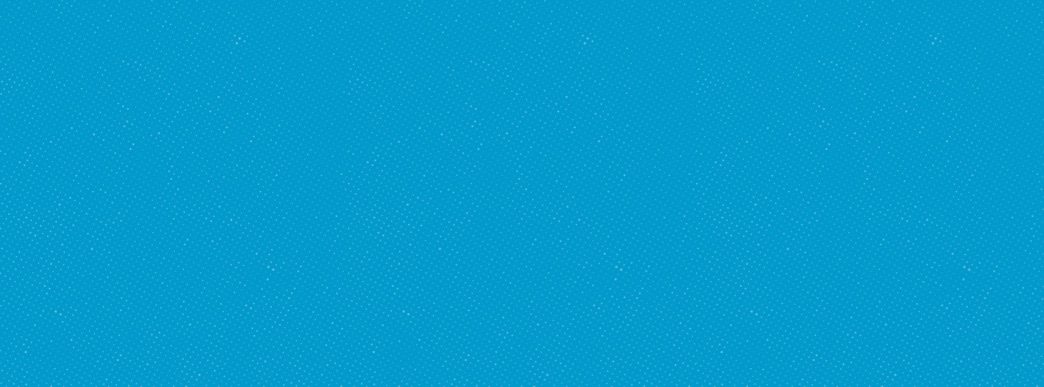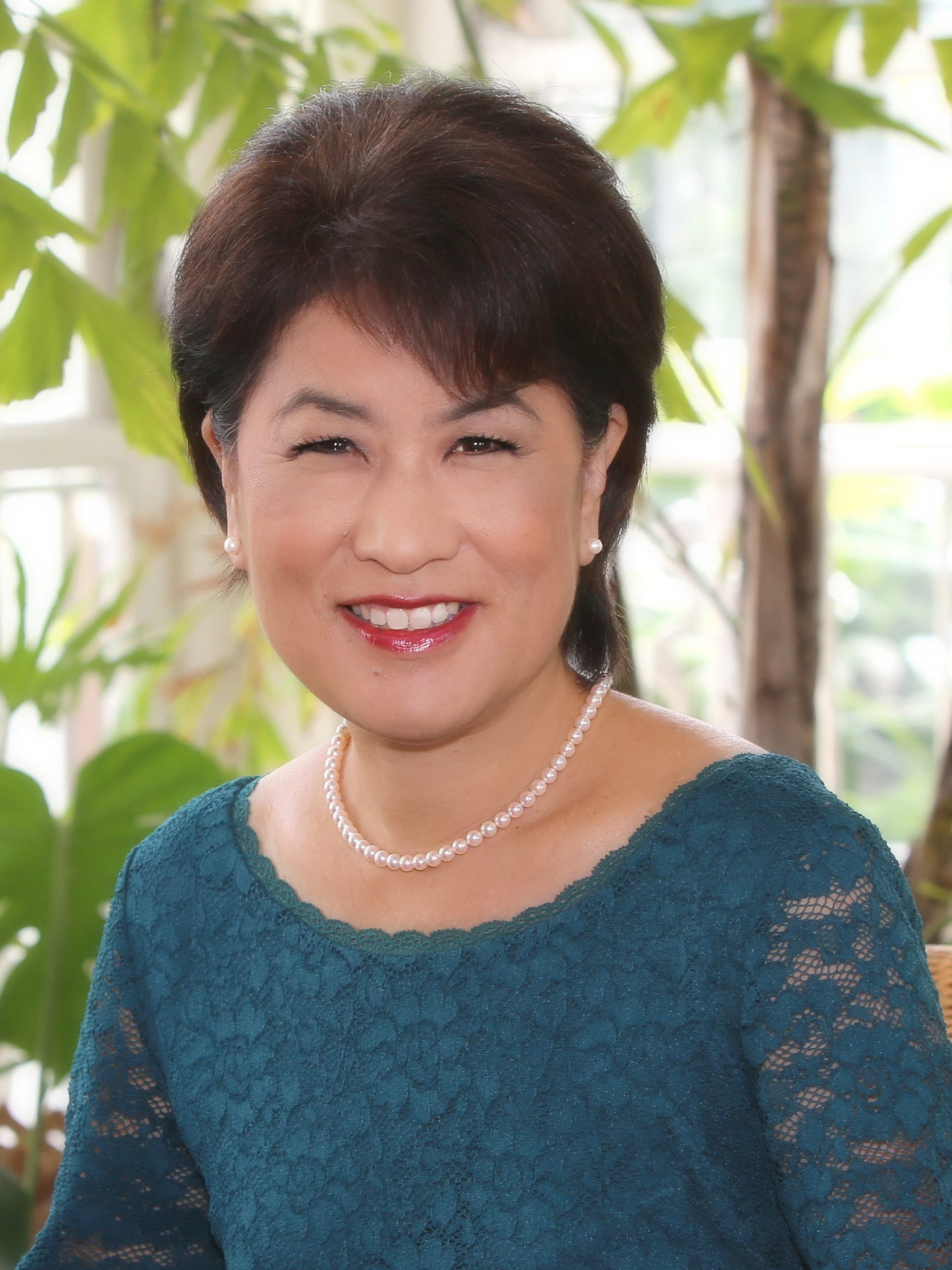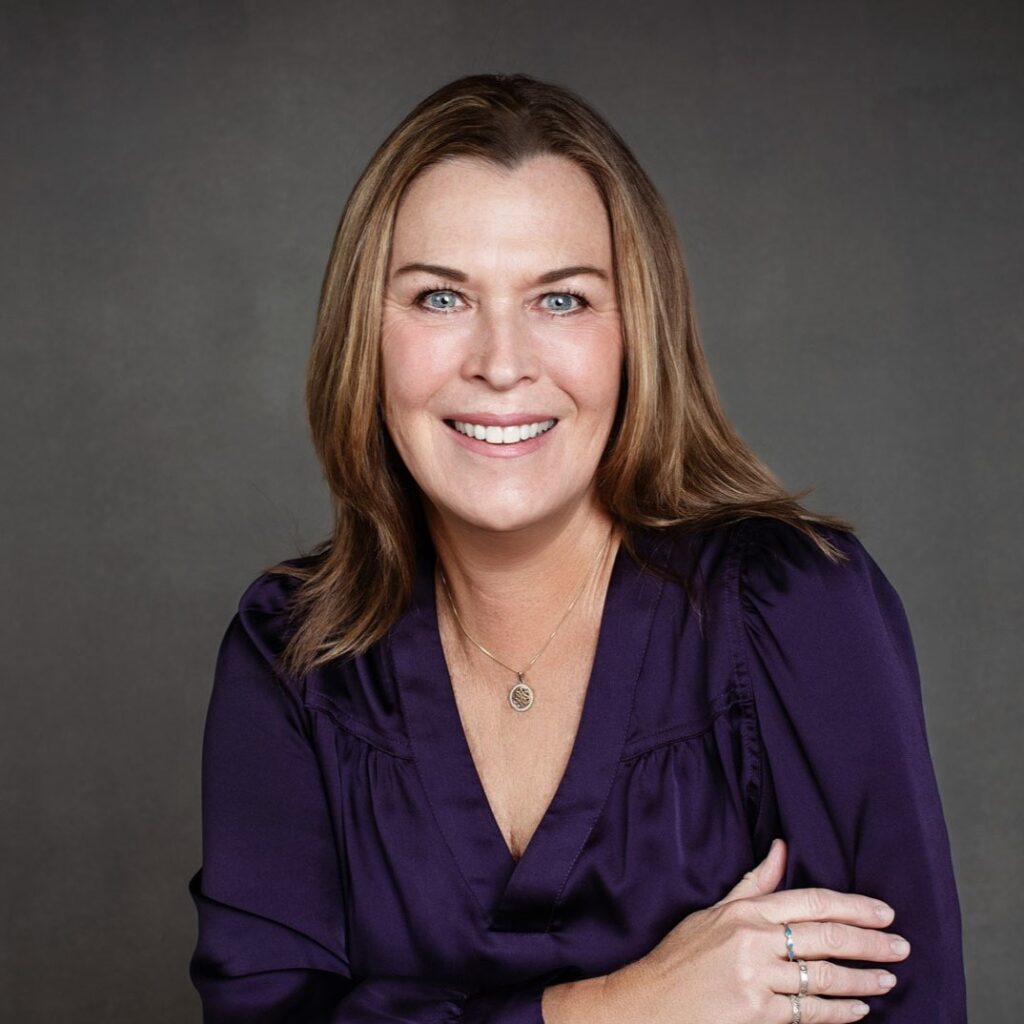
First Lady of Hawaii on Nourishing Hawaii’s Children
The First Lady of Hawaii, Dawn Amano-Ige, is fighting childhood hunger in Hawaii with a simple tool: breakfast. In partnership...
About This Episode
The First Lady of Hawaii, Dawn Amano-Ige, is fighting childhood hunger in Hawaii with a simple tool: breakfast. In partnership with No Kid Hungry, Ige launched the Jumpstart Breakfast program in 2019 to ensure that children across Hawaii had access to a nutritious breakfast regardless of their ability to pay. As Ige notes, “As a teacher and educator, I know that if a child is hungry in the classroom it makes learning so much more difficult.” But breakfast is just one part of a broader initiative to end food insecurity for children in Hawaii – an effort that has been embraced across the state: “Hawaii is a small community, so when the community finds out that there’s a need, they all do their part in helping resolve the problem.”Resources and Mentions:

Dawn Amano-Ige
First Lady
Dawn Amano-Ige is the former= first lady of Hawaiʻi whose husband, Governor David Ige, was sworn in as the 8th governor of the State of Hawaiʻi in December 2014. In her role as first lady, Mrs. Ige draws on her experiences as an educator and business woman. She supports education, particularly in the areas of literacy, global education, and international student exchanges. She was honored in 2016 by the Public School of Hawai‘i Foundation.
Jump Start Breakfast
The Jump Start Breakfast program started in 2018 to help increase student participation in school breakfast. As part of the program, the Hawaii State Department of Education’s School Food Services Branch teamed up with First Lady Dawn Amano-Ige, Hawaii Appleseed, Hawaii Child Nutrition Programs and other community partners to increase access to school breakfast and inspire students to eat healthy. All Hawaii public schools offer breakfast before the school day starts. This is commonly known as traditional breakfast. Schools may also choose to implement other breakfast models, including Grab and Go, Second Chance Breakfast (Wiki Breakfast), Breakfast Club and Breakfast in the Classroom.
Hawaii
Hawai'i is a state in the Western United States, located in the Pacific Ocean about 2,000 miles from the U.S. mainland. It is the only U.S. state outside North America, the only state that is an archipelago, and the only state in the tropics. Hawaii comprises nearly the entire Hawaiian archipelago, 137 volcanic islands spanning 1,500 miles (2,400 km) that are physiographically and ethnologically part of the Polynesian subregion of Oceania.[11] The state's ocean coastline is consequently the fourth longest in the U.S., at about 750 miles (1,210 km). The eight main islands, from northwest to southeast, are Niʻihau, Kauaʻi, Oʻahu, Molokaʻi, Lānaʻi, Kahoʻolawe, Maui, and Hawaiʻi, after which the state is named; it is often called the "Big Island" or "Hawaii Island" to avoid confusion with the state or archipelago. The uninhabited Northwestern Hawaiian Islands make up most of the Papahānaumokuākea Marine National Monument, the nation's largest protected area and the third largest in the world.


